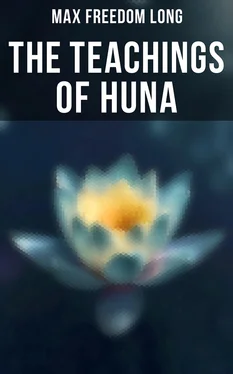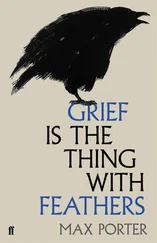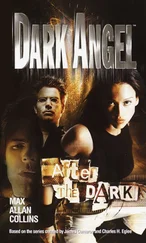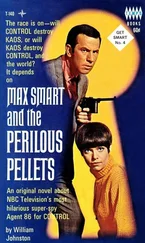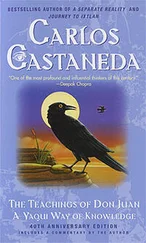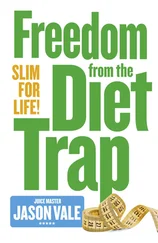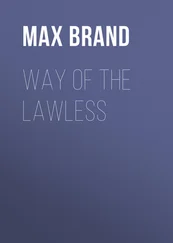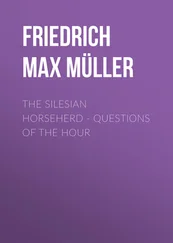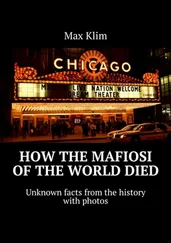This "motricity" is thought to be a combination of electricity and vital force or nervous energy. It is postulated that this force, whatever it is, can leave the body and enter the object which shows movement. (This covers the first unit of our kahuna measuring stick, that of the force or power involved. The second unit is the intelligence involved to put the force to use in moving the objects, and the third is the invisible substance used as a hand to let the force act upon the moving objects.)
The intelligence which causes the movement of the various objects is supposed to have the ability to cause this motricity or force to come out of the body of a living person and cause the movement. The intelligence is also credited with the ability to draw invisible (sometimes slightly visible and slightly tangible) substance from the living body of a mediumistic person (or sitters at a seance) and make from it a hand or other limb through which to use the force. This substance is called "ectoplasm." A different explanation is to be found in the postulation that the intelligence is the subconscious part of mind of the living medium, and that it, under certain mysterious conditions, can cause the motricity to leave the body together with ectoplasmic substance, and then cause objects to move. The subconscious is said to be causing this activity for the reason that, were the conscious mind at work, the medium would certainly be aware of the activity and in control of it.
In the bulky literature which has grown up around psychic phenomena and spiritualism during the century just past, scattered postulations are to be found covering the possible part magnetism may have in the action of motricity on objects. This is a most exciting and promising line of thought and, because of the unexplored territory which it still surrounds, it is recommended to the reader as a fine place to begin working with a view to helping to forward the general investigation of magic.
We suppose that gravity is akin to magnetism, and that magnetism is to be found where there is a current of an electrical nature. There might be something of a push-and-pull nature involved in the movement of tables and other objects. The kahunas recognized the magnetic and the opposite, repulsive, nature of vital force or motricity but, unfortunately, they left no detailed exposition of the subject. They knew the force as a thing which had to do with all thought processes and bodily activity. It was the essence of life itself. The kahuna symbol for this force was water. Water flows, so does the vital force. Water fills things. So does the vital force. Water may leak away—so may vital force.
Dr. Brigham spent a considerable time studying the ancient kahuna practice of holding heavy wooden sticks in the hands and, by an effort of mind, causing bodily electricity to enter a stick and charge it heavily.
These sticks were formerly used in battle, the kahunas standing in the rear lines, charging large sticks, and then throwing them at one of the enemy. Upon contact with the sticks, even the strongest warriors were often made unconscious.
Dr. Brigham had tested the power of such sticks, and had found them capable of giving what seemed to be an electric shock of a peculiar kind. The shock numbed the limb which was touched and made the head swim. It was recalled that the American Indians had a similar knowledge and practice. (They were also fire-handlers and some are today.) An early account in the government archives tells how a medicine man exhibited his magic power by touching a strong brave on the chest with a forefinger, knocking him to the ground in an unconscious condition.
While the chance of an element of hypnotic suggestion being mixed in such performances must not be overlooked, it would seem that there is a very definite shocking power to be found in excess accumulations of vital force. The part played by the mind and will in causing such an accumulation, either in a throwing stick or a forefinger, as above mentioned, seems very important.
W. R. Stewart, during his preliminary training under the Berber kahuna, was told that vital force could be stored in wood, stone, water and the human body, also in the invisible body of a "ghost." This force could be expended suddenly and thus move very heavy objects.
A demonstration of the magnetic nature of the force and of an intelligence or spirit of a sub-human or off-human level was made by Lucchi for Stewart's benefit at night and on a hillside where a large stone was covered by wooden doors resembling cellar doors. These doors were pulled up, and they descended steps cut into the soil. The rock projected from the end of the cellar-like cave at the bottom. By torchlight a hen was killed and its blood allowed to fall on the face of the stone. An invocation was spoken addressed to the spirit supposed to reside in the stone at times. The hen was then dropped on the ground before the stone, but it soon rose in the air and pressed against the stone. A moment later Stewart, who had approached closer and held his torch down to have a better look, felt a powerful magnetic pull which almost jerked him forward against the rock. He was caught and pulled back with some effort by Lucchi, who immediately insisted that they leave.
Stewart never learned what intelligence had been invoked or for what such invocations were used in the course of daily magical practice. His guess was that the spirit which had made its presence known in the rock was a "nature spirit" and that it had something to do with the soil or the pasturage or weather—all very important to the Berbers and their herds. It was his private opinion that this spirit and its powers were inimical to man and probably dangerous to any but a skilled kahuna. Lucchi had made the statement that all dealings with such spirits must follow a carefully observed ritual, and that any change in the ritual might cause trouble. Stewart had changed the usual course of the rite by stepping close to the rock at the wrong time. He was told that he should have stood back until all the life force in the hen had been absorbed by the spirit—the latter needing it to use in complying with the requests made in the invocation, after which the body of the fowl would have dropped. Stewart was reminded of the many tales of jinn or nature demons current in Arab folklore.
If some types of movement of objects by unseen forces could be proved to be largely dependent on the magnetic pull or push of electrovital force, we should have made a discovery of the first magnitude. The conclusion might be two-fold, (1) that the force could push or pull objects here and there without guidance from any spirit, living subconscious mind or other intelligence; (2) that the force could act without visible or invisible substance to serve as a hand, or even without invisible ectoplasmic substance to use—but, with some etheric matter, perhaps, through which to move in wave form. (The theory of the ethers is still controversial. Today Science gives us ether to fill void space and interpenetrate full space, and tomorrow takes it away from us.)
Magnets pull iron objects to them, and in turn are pulled toward the objects. If a magnet were placed on a shingle in a tub of water, and a nail placed on a second shingle quite near, the magnetic pull would cause both shingles to drift closer together. In other words, one shingle would not remain stationary while the other was pulled.
Animal magnetism or vital force is amazing in that it displays a pull on the nail, but no balancing pull on the magnet, so to speak. Mr. Arthur Spray, a cobbler near London, well known to a friend of mine, is a powerful hypnotist. In his book, The Mysterious Cobbler , he tells of a most intriguing—and entirely inexplicable—phenomenon which he has frequently met in his practice as a hypnotic healer.
He demonstrated this phenomenon before a group of newspaper correspondents on one notable occasion. Taking a young man who was a good subject, he had him lie at full length on the floor, then placed him in a deep hypnotic sleep in which his body became rigid. Then, standing at the feet of the prone subject, he ordered him to open his eyes. When the eyes opened and looked up at him, he began beckoning with his right hand. Slowly the head and shoulders of the subject rose of their own accord into the air, the heels remaining on the floor. Inch by inch the rigid body lifted at the head until it stood suspended at a right angle a good four feet from the carpet. It was held there for a few seconds, then the beckoning of the hand was reversed and the body slowly descended to the floor.
Читать дальше
